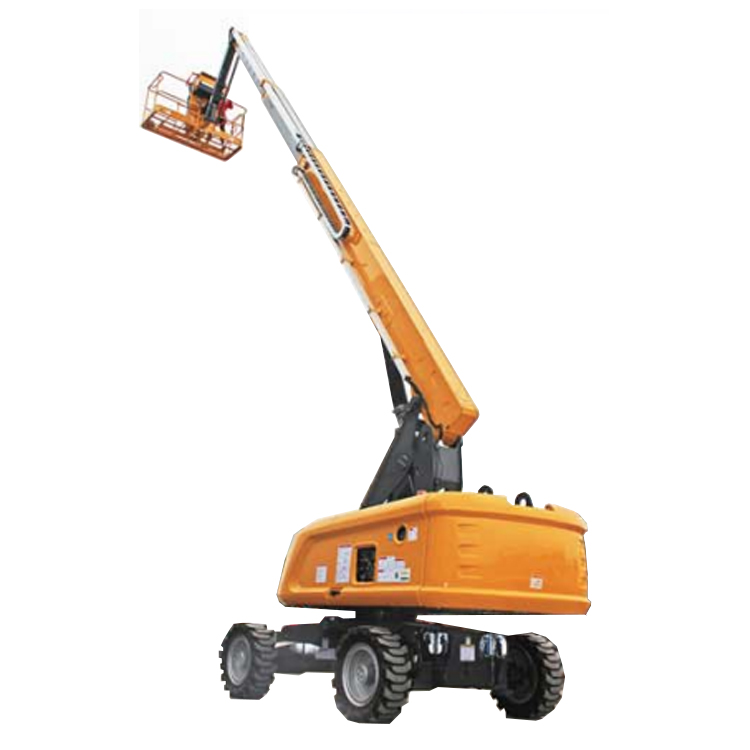Hydraulic lifting equipment controls the direction of movement of the two cylinders. If the table is to rise, the reversing valve is set to the right position, the hydraulic oil discharged from the pump is supplied to the rod cavity of the auxiliary cylinder through the check valve, speed control valve and reversing valve, at this time the liquid-controlled check valve is opened, so that the hydraulic oil in the rodless cavity of the auxiliary cylinder flows into the rodless cavity of the main cylinder through the liquid-controlled check valve, while the hydraulic oil in the rod cavity of the main cylinder flows back into the tank through the reversing valve two-position two-way reversing valve and throttle valve, thus making the auxiliary The piston rod of the cylinder drives the counterweight down, while the piston rod of the master cylinder drives the table up. This process is equivalent to transferring the potential energy of the counterweight to the work method, lifting the large tonnage components to a predetermined height after assembly on the ground and installing them in position. The installation process is easy and fast, but also safe and reliable. In our country this technology has been successfully applied since the end of the 80s to test the reliability and durability of the gas control system successively. In addition, a variety of different control algorithms and control strategies of the computer control system should be tested for the advantages and disadvantages of the actual lifting to provide the basis for the best lifting effect. To this end, a hydraulic synchronous lifting test rig for large components was designed. The test rig consists of three parts: a hydraulic synchronous lifting test rig. Hydraulic loading test rig and computer control system. This paper only describes the function of the hydraulic synchronous lifting test rig and its commissioning tests. When the lifting table is carrying the workpiece up, the hydraulic cylinder is required to provide it with driving force, i.e. the hydraulic cylinder outputs energy to the table; while when the table is carrying the workpiece down, its potential energy will be released.
It is necessary to carry out simulation tests on hydraulic synchronous lifting equipment before the actual project is implemented. The tests include: synchronous lifting cylinders, hydraulic pump stations, jacks and other loading tests and pressure resistance tests, as well as sensing and detection systems.
Post time: Nov-29-2022



